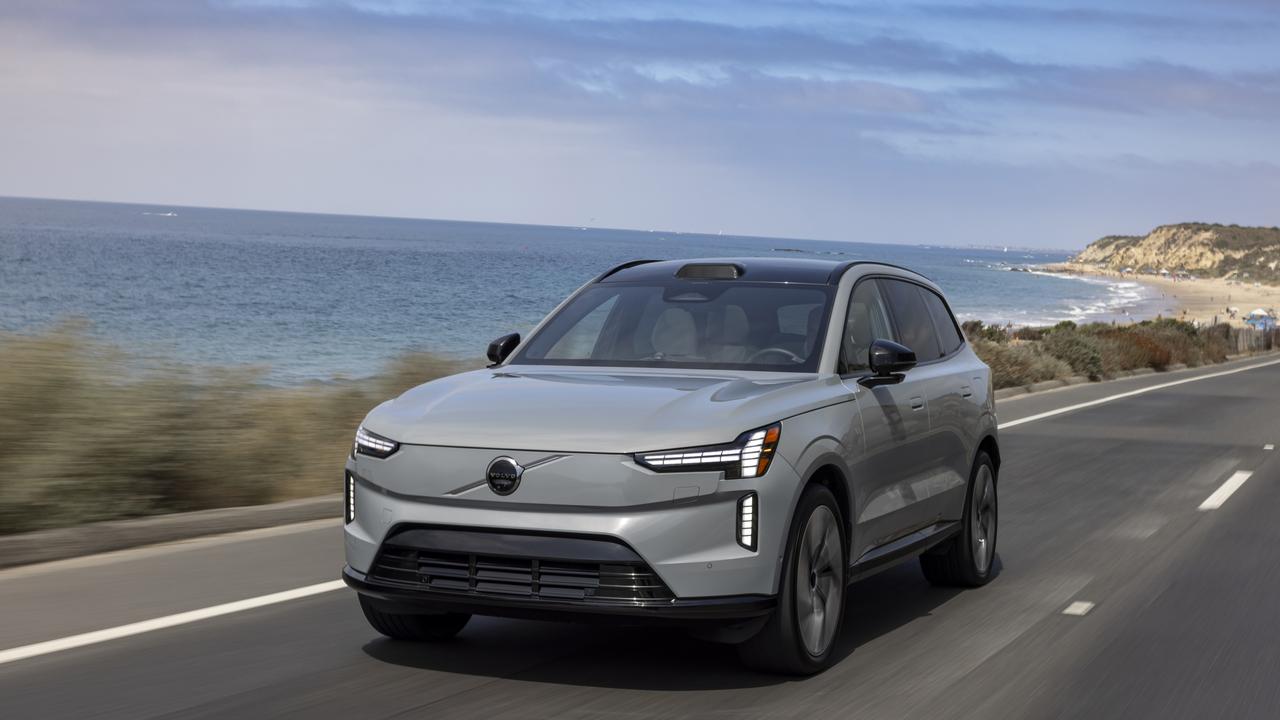Old favourites and new giants: Australia faces emission problems
Whether it’s cost of living pressures or a sense of loyalty to these cars, Aussie drivers remain attached to these favourites.
Motoring
Don't miss out on the headlines from Motoring. Followed categories will be added to My News.
Aussie drivers are proving reluctant to trade in their homegrown Ford Falcons and Holden Commodores, slowing progress on the drive for improved vehicle emissions.
The National Transport Commission studied data from nearly 17 million vehicles and found discontinued models such as the Ford Falcon and Holden Commodore remain among the top 10 most popular vehicles on the road.
Not everyone can afford to buy a new car. Folks who do step into showrooms are driving away in SUVs and utes as opposed to small cars.
MORE: China’s shock Car of the Year win

A decade ago, small vehicles accounted for 24 per cent of all new cars.
But in 2023, this dropped to just 7 per cent of sales.
SUVs also accounted for 59 percent of all new car sales in 2023, double the share from a decade ago.
There are now 6.48 million SUVs on Australian roads.
The growth in the average vehicle footprint has also increased with utes increasing by an average of 1.5 square metres since 2003.
MORE: End of an era for V8 icon

RAM’s supercharged TRX is one of the largest utes on the road, taking up 13.25 square metres of tarmac while drinking plenty of petrol.
The thirstiest utes on the road produce 506 grams of carbon emissions for every kilometre driven.
The average emissions intensity of new vehicles in 2023 was 165.2 grams of CO2 per kilometre (g/km).
But it’s not all concerning news, the NTC report revealed a 5 percent decrease in emission intensity from new vehicles sold in 2023 compared to 2022.
This is the largest decline since the NTC began reporting in 2009.
However, Australia still lags behind other countries.
European countries for instance have a significantly lower emission intensity of 107g/km for new passenger vehicles and SUVs.

MORE: Why you’re wrong about Chinese cars
The report also revealed a surge in battery electric vehicles (BEVs) and plug-in hybrid electric vehicles (PHEVs).
With more than 127 models available in 2023, up from just six in 2015.
The average range has also increased to 470km, 100km more than in 2021.
NTC chief operating officer and Commissioner Michael Hopkins said more choice and better range has seen an increase in uptake of electric vehicles.
“More choice and better range have contributed to a 151 per cent increase in the number of BEVs and plug-in hybrid electric vehicles (PHEVs) sold in 2023 compared to 2022.” he said.
Despite this growth, BEVs and PHEVs make up just 1.2 percent of Australia’s light vehicle fleet, which is lower than the global average of 3.2 percent.
Hopkins said price also plays a part with many affordable models under $30,000 performing better in emissions.
“Price matters too but it’s not the most expensive cars that are always the best performers when it comes to emissions.” he said
Originally published as Old favourites and new giants: Australia faces emission problems








